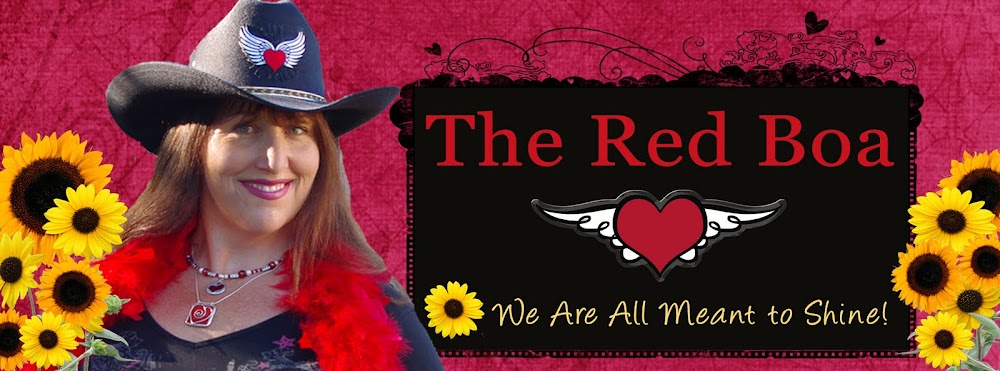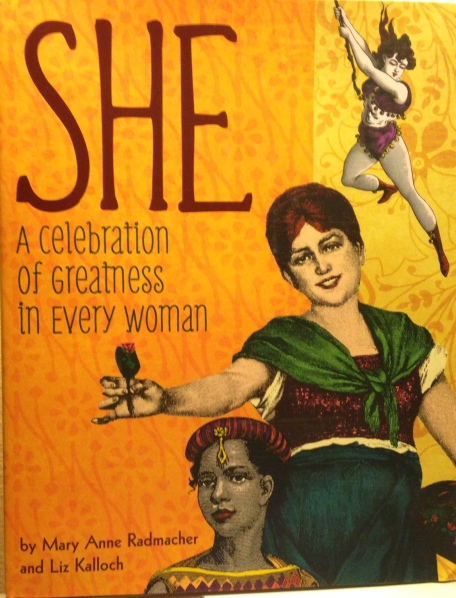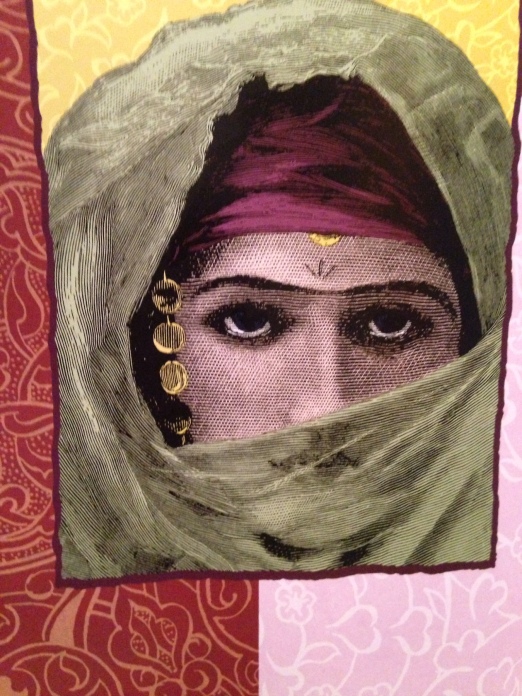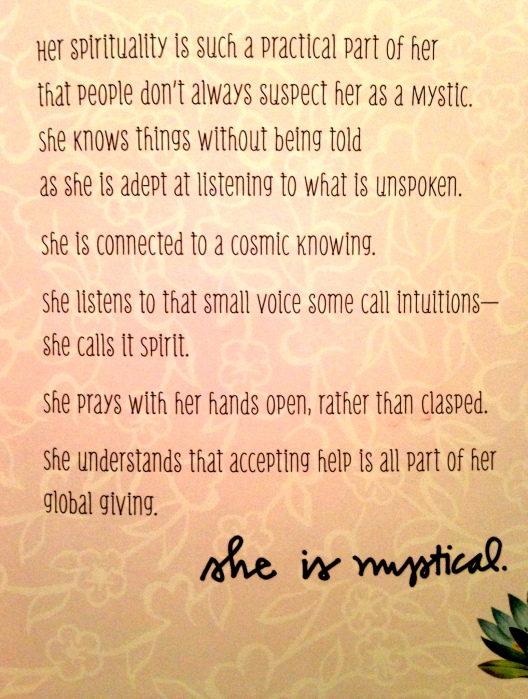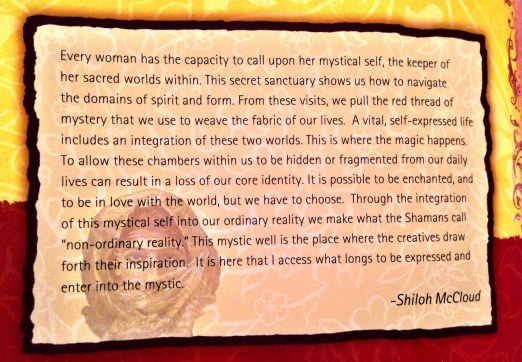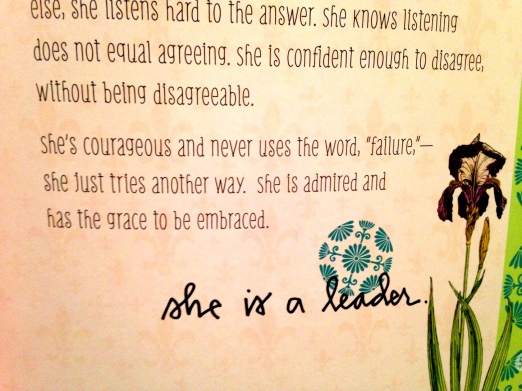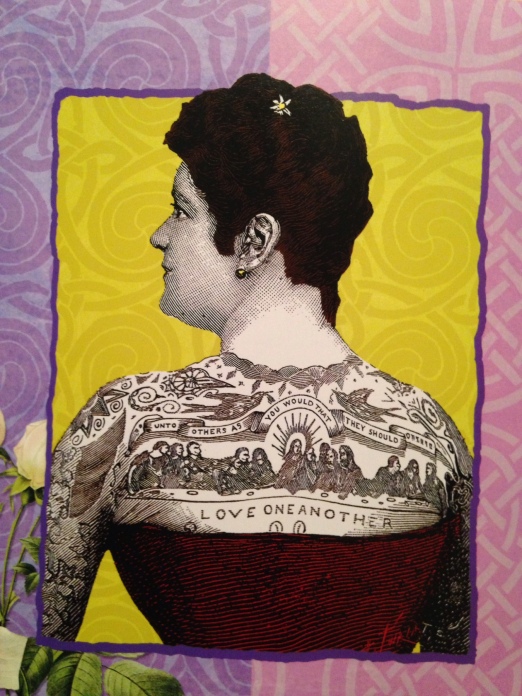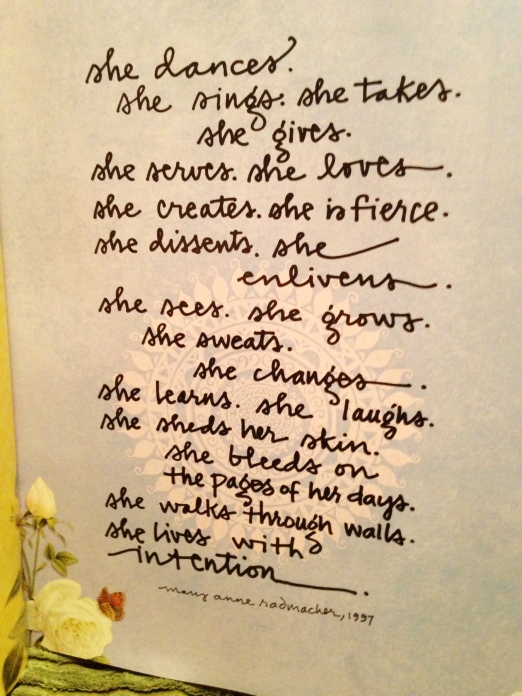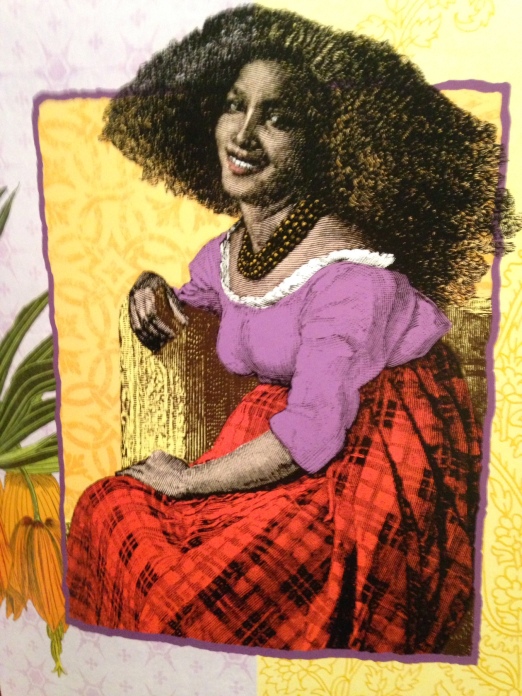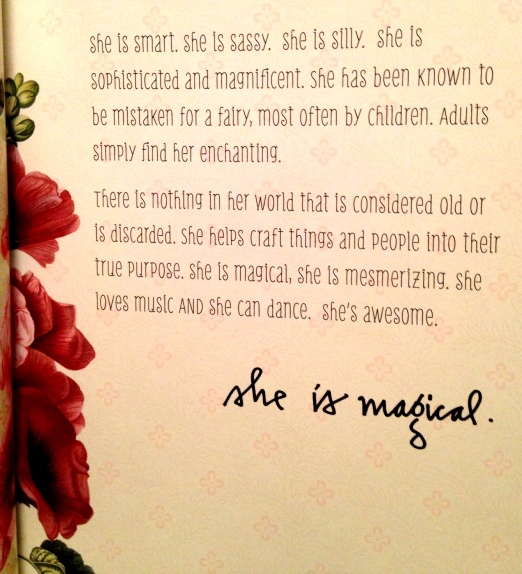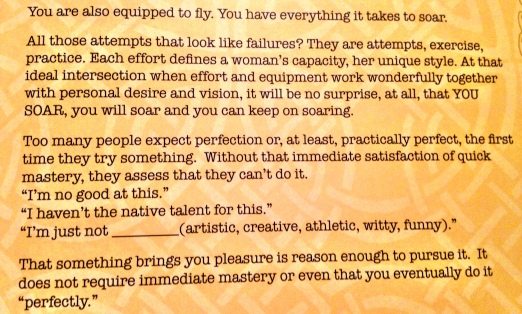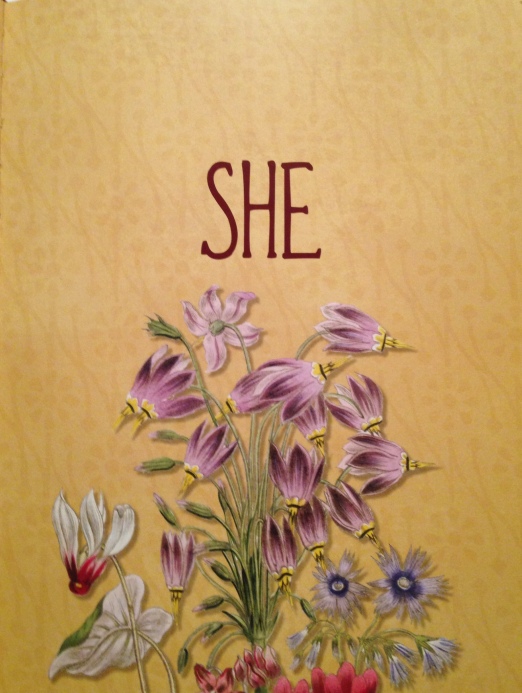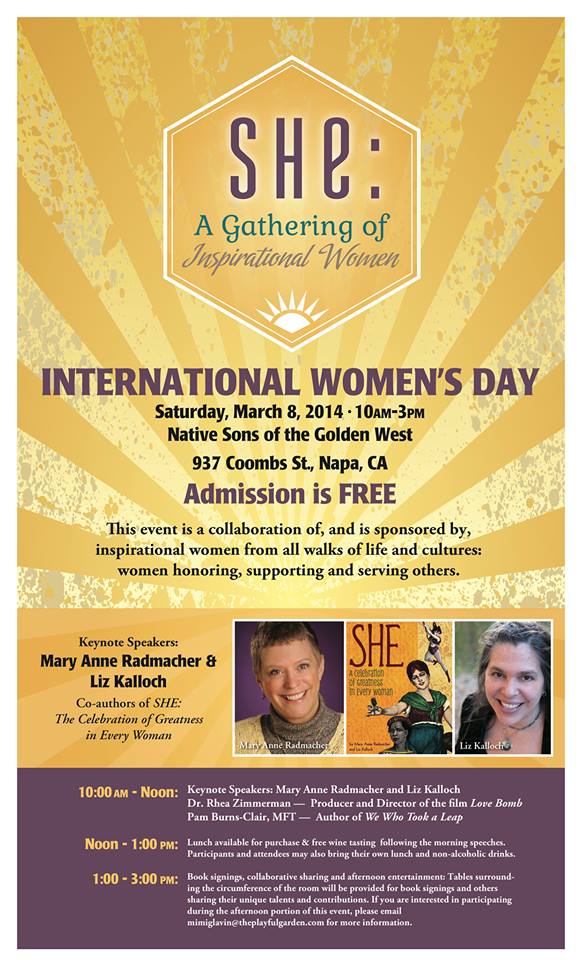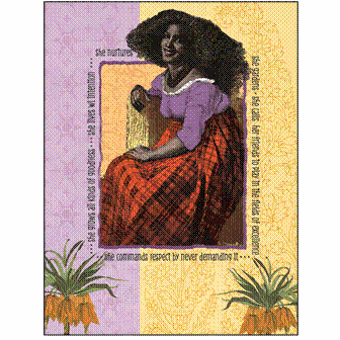Jesus
When Jesus cleared the temple of the moneychangers and animal-sellers, He showed great emotion and anger (Matthew 21:12-13; Mark 11:15-18; John 2:13-22). Jesus’ emotion was described as "zeal" for God’s house (John 2:17). Another time Jesus showed anger was in the synagogue of Capernaum. When the Pharisees refused to answer Jesus’ questions, “He . . . looked round about them with anger” (Mark 3:5). This verse goes on to give the reason for His anger: “the hardness of their hearts.”
Mahatma (Great Soul) Mohandas Karamchand Gandhi (1869-1948)
“I have learnt through bitter experience the one supreme lesson to conserve my anger, and as heat conserved is transmuted into energy, even so our anger controlled can be transmuted into a power which can move the world. It is not that I do not get angry. I do not give vent to anger. I cultivate the quality of patience as angerlessness, and, generally speaking, I succeed.… It is a habit that everyone must cultivate and must succeed in forming by constant practice.”
Mother Teresa
"When I see waste here, I feel angry on the inside. I don't approve of myself getting angry. But it's something you can't help after seeing Ethiopia." -- Washington 1984.

Daisaku Ikeda (January 2, 1928-)
Ikeda is President of Soka Gakkai International (SGI), a Buddhist association which claims 12 million members in more than 190 countries and territories, and founder of several educational, cultural and research institutions. Ikeda is a peace activist, prolific writer, poet, educator, interpreter of Nichiren Buddhism and environmentalist. He has travelled to more than 60 countries to hold discussions with many political, cultural, and educational figures, as well as to teach. In his book For the Sake of Peace Ikedawrites in the preface “I am against war! I am absolutely opposed to it!” He continues on later with “I am determined to fight against anyone who supports or advocates war. I will fight the dark, demonic forces of destruction. Another book by Ikeda called Fighting for Peace is a collection of his meditations on war and peace. In a description from his own web site the book is described as expressing, from personal experience, his deep loathing of war and his anger at those in positions of authority who would sacrifice ordinary people in pursuit of selfish ends.
In learning to better embrace and accept myself, I have needed to recognize and accept my anger and even my rage. This has been a huge part of growing and becoming more authentic and real. I grew up repressing any anger I felt. Scary feelings like anger were stuffed away and suppressed. My fears of "rocking the boat" and of not being liked felt very overpowering. There is no doubt that I had the people-pleasing disease.
 The book Quantum Wellness: A Practical and Spiritual Guide to Health and Wellness by Kathy Freston addresses anger and I had one of those “Aha moments” upon reading this section this summer.
The book Quantum Wellness: A Practical and Spiritual Guide to Health and Wellness by Kathy Freston addresses anger and I had one of those “Aha moments” upon reading this section this summer.
Freston writes, "According to Dr. John Sarno, the emotion we are most averse to is rage, anger that has gathered steam from being kept down and locked away. A lot of people who think of themselves as good people -- Sarno called them "goodists," because they tend to be very much tied to an image of themselves as nice and good people -- do not at all feel comfortable with such a "distasteful" and potentially out-of=control emotion as rage. If something happens in their life that sparks intense anger, these people tend not to deal with it, because they don't like what it brings up in them...
…A goodist might well submerge his true feelings because he doesn't want to rock the boat. He convinces himself that he has "let it go" when, in fact, by not allowing himself to experience his authentic emotions, they have just done unconscious. When we don't think we can handle something in a way that feels safe and manageable -ie., if we speak up, we might lose a relationship or job or, even worse, be thought of as a bad person -- our survival mechanism kicks in and buries the feeling in the recesses of our psyche. Those disowned feeling become part of our shadow."
The book then delves into how suppressing the shadow becomes the goal. "As Dr, Sarno put it, the brain is in cahoots with the body in such a way that when the repulsive emotion starts to come up, the body will quickly conjure an intense localized pain or discomfort that is big enough to make us forget what we were beginning to feel. Basically, the brain says, "Whoa! I can't let myself feel that rage. It threatens my identity as a good and nice person. Good and nice people do not have rage; it is unseemly and out of control." The book points out that the mind and body will work together to save us from disturbing experiences. It also points out that since we prefer to see ourselves in a certain light "we tuck away what we think is repulsive or frightening or disagreeable. But, because or nature is to evolve and become ever more enlightened, the part of us that is dark will constantly try to come to light."
Further on the author explains that "Once we make peace with our demons -- be they rage or fear or shame, and we all have them -- we become more fully integrated human beings...
…When you go about this process of allowing your emotions without judgment, you will be led into your Truth. Ask yourself if there is anger --- rage even -- that you need to connect with and then heal. Allow yourself to drop into deep sadness or grief even if your normal instinct is to pull yourself up by the bootstraps and "get over it."
 Ironically I also came across a wonderful section on anger in The Artist’s Way: A Spiritual Path to Creativity by Julia Cameron. I say “ironically” because here is a book about creativity. Yet really this book is about so much more.
Ironically I also came across a wonderful section on anger in The Artist’s Way: A Spiritual Path to Creativity by Julia Cameron. I say “ironically” because here is a book about creativity. Yet really this book is about so much more.
“Anger is fuel. We feel it and we want to do something. Hit someone, break something, throw a fit, smash a fist into the wall, tell those bastards. But we are nice people, and what we do with our anger is stuff it, deny it, bury it, block it, hide it, lie about it, medicate it, muffle it, ignore it. We do everything but listen to it.
Anger is meant to be listened to. Anger is a voice, a shout, a plea, a demand. Anger is meant to be respected. Why? Because anger is a map. Anger shows us what our boundaries are. Anger shows us where we want to go. It lets us see where we've been and lets us know when we haven't liked it. Anger points the way, not just the finger. In the recovery of a blocked artist, anger is a sign of health.
Anger is meant to be acted upon. It is not meant to be acted out. Anger points the direction. We are meant to use anger as fuel to take the actions we need to move where our anger points us. With a little thought, we can usually translate the message that our anger is sending us.
‘Blast him! I could make a better film than that!’ (This anger says: you want to make movie. You need to learn how.)
‘I can't believe it! I had this idea for a play three years ago and she's gone and written it.’ (This anger says: stop procrastinating. Ideas don't get opening nights. Finished plays do. Start writing.)
‘That's my strategy he's using. This is incredible! I've been ripped off! I knew I should have pulled that material together and copyrighted it.’ (This anger says: it's time to take your own ideas seriously enough to treat them well.)
When we feel anger, we are often very angry that we feel anger. Damn anger!! It tells us we can't get away with our old life any longer. It tells us that old life is dying. It tells us we are being reborn, and birthing hurts. The hurt makes us angry.
Anger is the firestorm that signals the death of our old life. Anger is the fuel that propels us into our new one. Anger is a tool, not a master. Anger is meant to be tapped into and drawn upon. Used properly, anger is use-full.
Sloth, apathy, and despair are the enemy. Anger is not. Anger is our friend. Not a nice friend. Not a gentle friend. But a very, very loyal friend. It will always tell us when we have been betrayed. It will always tell us when we have betrayed ourselves. It will always tell us that it is time to act in our own best interests.”
Anger is not he action itself. It is action's invitation.”
I also found wisdom about anger in Ed and Deb Shapiro’s article entitled “Ducks Don’t Do Anger” which appeared in the October 30, 2008 issue of the Huffington Post. They write “Trying to eradicate anger is like trying to box with our own shadow, it doesn't work. Getting rid of it implies either expressing it and creating emotional damage, or repressing it, which just suppresses it until it erupts at a later time. Getting to know and make friends with anger is essential. To make real change we have to change the way we think and react. This is growing roses out of rotting compost, transforming fire into constructive action, using the passion but without the destruction. We need to see what is beneath the anger, what hurt, longing or fear is trying to make itself heard. There may be feelings of rejection, grief or loneliness, so if we repress anger or pretend it isn't there then all these other feelings get repressed and ignored as well.”
What I have certainly learned from my explorations of facing my own anger and rage is how self destructive this emotion can be if it is suppressed, stuffed and pointed inwards. I am not one to lash out. I have always been one to internalize such feelings. The "goodist" in me was always so afraid of conflict and confrontation. The difficult lesson has been in learning how to constructively communicate my anger in a healthy way. If something upsets me or makes me angry I am learning to make better choices in expressing it. Usually for me it is as simple as speaking up. For example I have learned that telling my husband that I am upset that he didn't help out in the morning is a much healthier approach, than is harboring my anger which doesn't resolve anything. It is only by speaking up respectively and sharing my thoughts and feelings that he understands what I am thinking and how I am feeling. Only then can he respond and perhaps do something differently.
Activity ~ Make a list of things that make you angry. Include anything and everything. Here is an example:
Rude drivers
Toilet seat left up
Slow computer
Kids whining and arguing
Television on too loud
Getting to work late
Being interrupted by your spouse or children
Waiting in line
Next review the list and consider why these things make you angry. Sometimes what we think is making us angry, really isn't the real culprit. Let's consider rude drivers and toilet seats left up. The key here might be that you are angry that people are not considerate of others. Ask yourself if you are wanting and needing more consideration in your life from your family, your friends and perhaps most of all from yourself. The slow computer might really be more of a reflection of your frustration with not having enough time, or rather feeling like you don't have enough time. Perhaps you need more "you" time. More time to just be and relax. How can you schedule back and make that happen? If the anger kicks in due to kids whining and arguing, the television being on too loud, and being interrupted by a spouse and children, this could also be a sign that you are in need of more silence in your life and again more private time.

Suggested Reading ~ The Dance of Anger: A Woman's Guide to Changing the Patterns of Intimate Relationships by Harriet Lerner, Ph.D.
Here is a long excerpt from the beginning of Chapter 1 entitled The Challenge of Anger
"Anger is a signal, and one worth listening to. Our anger may be a message that we are being hurt, that our rights are being violated, that our needs or wants are not being adequately met, or simply that something is not right. our anger may tell us that we are not addressing an important emotional issue in our lives, or that too much of our self--our beliefs, values, desires, or ambitions--is being compromised in a relationship. Our anger may be a signal that we are doing more and giving more than we can comfortable to or give. Or our anger may warn us that others are doing too much for us, at the expense of our own competence and growth. Just as physical pain tells us to take our hand off the hot stove, the pain of anger preserves the very integrity of our self. our anger can motivate us to say "no" to the ways in which we are defined by others and "yet" to the dictates of our inner self.
Women, however, have long been discouraged from the awareness and forthright expression of anger. Sugar and spice are the ingredients from which we are made. We are the nurturers, the soothers, the peacemakers and the steadiers of rocked boats. It is our job to please, protect and placate the world. We may hold relationships in place as if our lives depended on it.
The taboos against our feeling and expressing anger are so powerful that even knowing when we are angry is not a simple matter. When a woman shows her anger, she is likely to be dismissed as irrational or worse.
Why are angry women so threatening to others? If we are guilty, depressed, or self-doubting, we stay in place. We do not take action except against our own selves and we are unlikely to be agents of personal and social change. In contrast, angry women may change and challenge the lives of us all, as witnessed by the past decade of feminism. And change is anxiety-arousing and difficult business for everyone, includingthose of us who are actively pushing for it.
Thus, we too learn to fear our own anger, not only because it brings about the disapproval of others, but also because it signals the necessity for change. We may begin to ask ourselves questions that serve to block or invalidate our own experience of anger: 'Is my anger legitimate?' 'Do I have a right to be angry?' 'What good will it do?' These questions can be excellent ways of silencing ourselves and shutting off our anger.
Let us question these questions. Anger is neither legitimate nor illegitimate, meaningful nor pointless. Anger simply is. To ask, 'Is my anger legitimate?' is similar to asking, 'Do I have a right to be thirsty?'"

